A Day and Night in the Desert
From the day we started planning this trip, Noah was adamant that we go to Jordan and in particular visit the ancient site of Petra and sleep in the desert outside of Wadi Rum. Thanks to his hard work planning with a gentlemen named Mehedi from Bedouin Directions (http://wadirumjeeptours.com/) we had an incredible desert adventure. Little did Mehedi know that the whole time he was negotiating and planning with a 14 year old.
Since Noah handled the planning, Caleb volunteered to capture his thoughts for the blog!
By Caleb
When we were in Wadi Rum, Jordan our family went on a full day jeep tour across the desert. We saw springs, canyons, sand dunes, arches, rocks, and lots of stuff to climb on.
My favorite part was the sand dunes. When you are on top of a giant pile of sand you can fall, dive, or roll without feeling any pain. The sand is so soft and it is just so fun. The hardest part is walking up. You know how when you run on the beach, how you feel like you are getting no grip? Well multiply that by 10 and you know how hard it is to run up a sand dune. We also went sand boarding down the dune. Sand boarding is pretty easy except that once you make it to the bottom, you have to climb back up! Here’s a video of my brother on his first run down the sand dune.
Another one of my favorite parts was how I was allowed to climb and play on everything. In many of the places we have gone before I have not been allowed to touch things, let alone climb on anything, but on this jeep tour we climbed and jumped on everything.
Later once all the playing was done, we went to a camp where we drank tea, ate, sang songs, and told jokes until late at night. Once that was all over the entire desert became quiet and the stars came out – it was beautiful! In conclusion it was the best day and night of the trip.
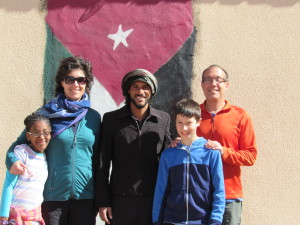
Group photo with Mehedi before we head out on our adventure
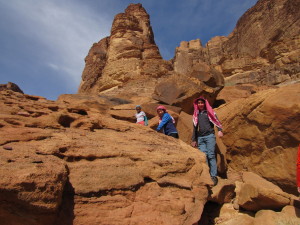
First stop – up the side of a mountain to see the source of the Lawrence Spring
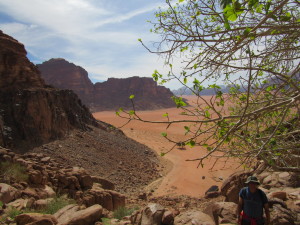
Max on his way up the mountain
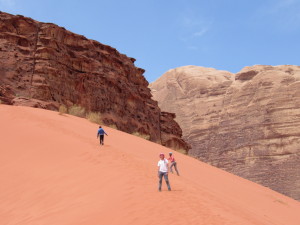
On to the sand dune
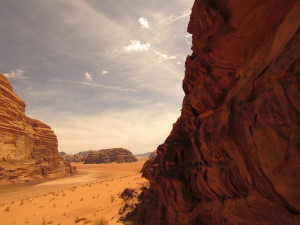
Everywhere the scenery is amazing!
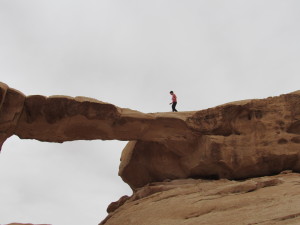
This bordered on insane (60 feet high)!
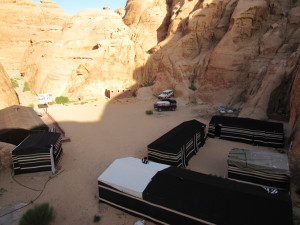
Campsite in the desert
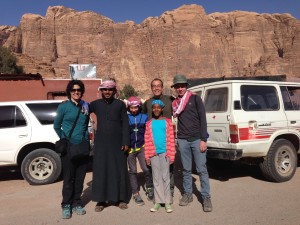
Saying farewell to our fabulous tour guide, Saleh
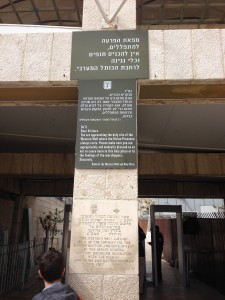
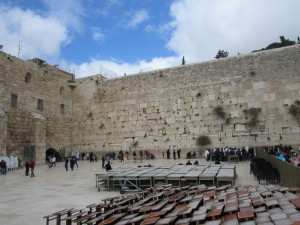
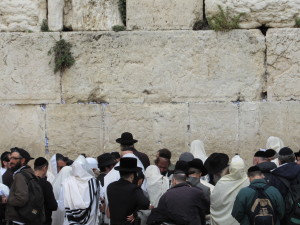
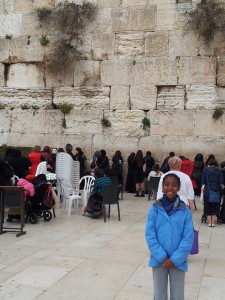
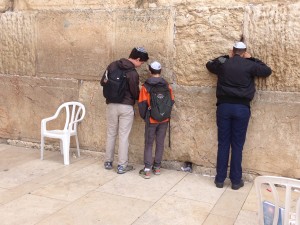
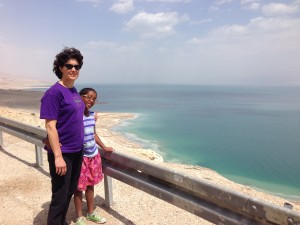
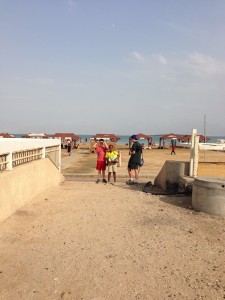
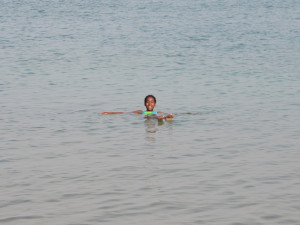
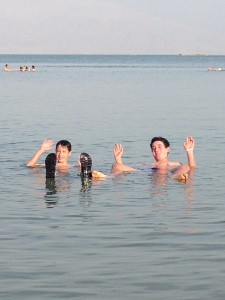
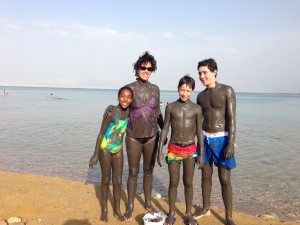
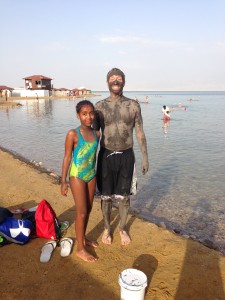
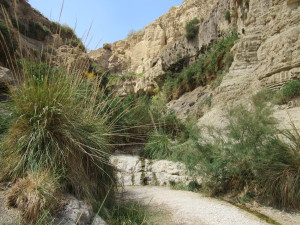
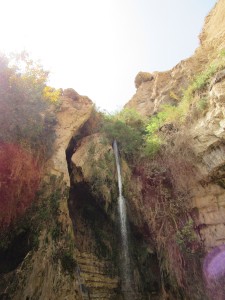
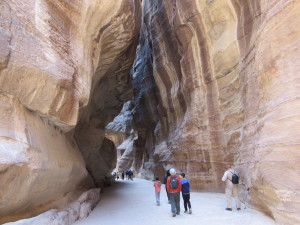
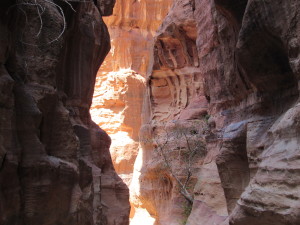
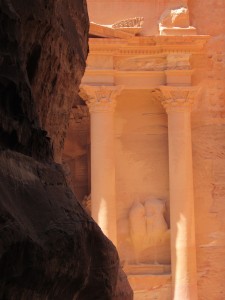
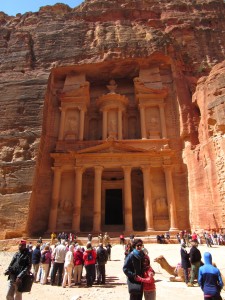
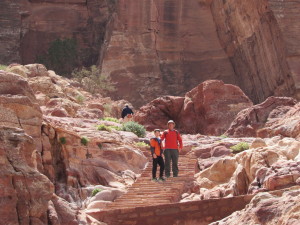
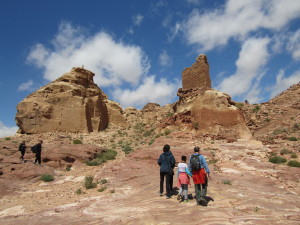
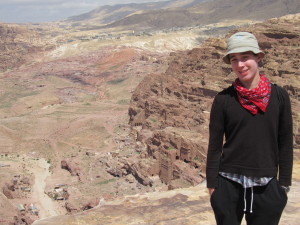
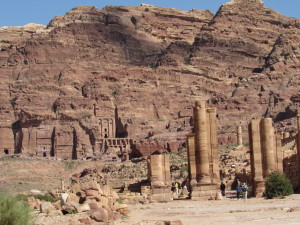
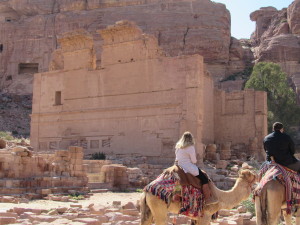








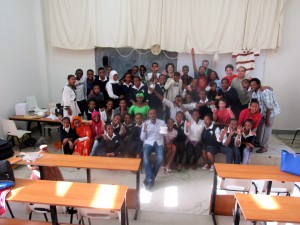
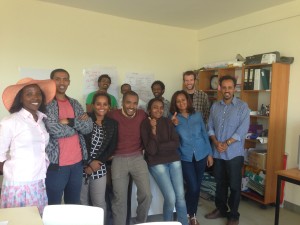
Recent Comments